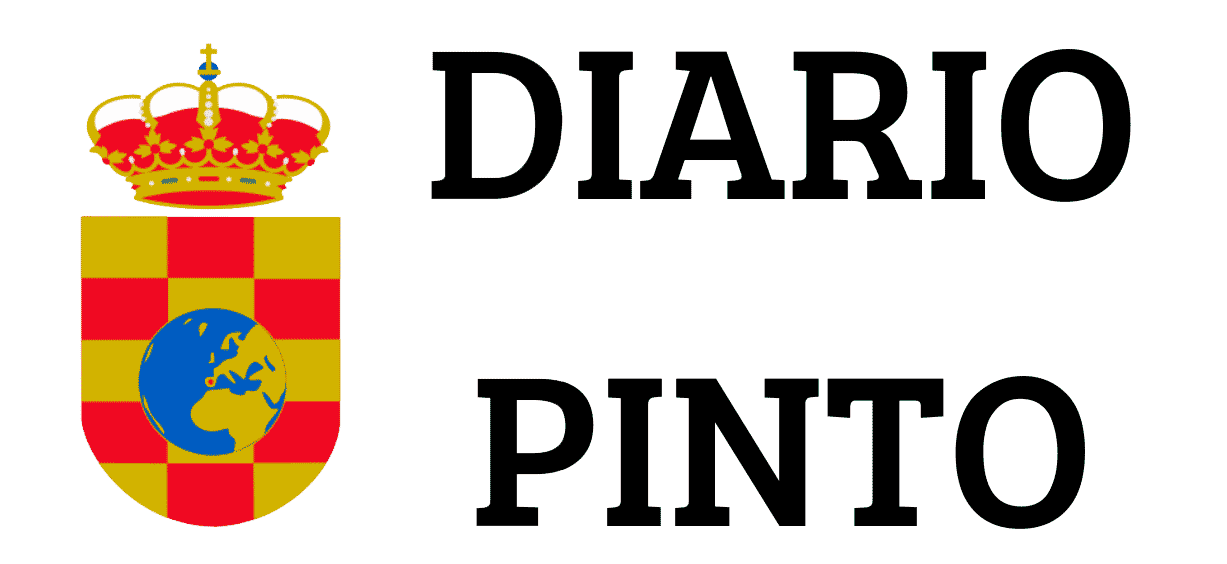Cuando el arte del diseño despierta tus sentidos
hace 9 meses
![[Img #41012]](https://diariopinto.com/wp-content/uploads/2025/04/Cuando-el-arte-del-diseno-despierta-tus-sentidos.jpg)
Exploring Design as a Sensory Experience
In a world dominated by the visual, digital, and interactive, design has evolved beyond static forms. Today, it's not just about creating beautiful images or functional interfaces; the real challenge lies in creating experiences.
Every stroke, color, movement, and sound can evoke emotions, build connections, and transform how we interact with products, brands, and virtual spaces.
Studying a program like Digital Design at UNITEC allows you to master these sensory tools and turn creative ideas into immersive experiences. From animation to augmented reality, digital design serves as the bridge between imagination and technology.
Design as an Emotional Vehicle
The way we navigate a website, engage with a video game, or remember an advertisement is influenced by its design. It's not just about aesthetics but about how it feels, flows, and guides us.
Emotional design considers user psychology, visual behavior principles, and the impact of stimuli on our senses.
Modern digital design goes beyond graphics to include motion, sound, interaction, and narrative. Today's designers are not just visual artists; they are storytellers, strategists, and technologists creating immersive experiences.
Areas Where Sensory Design is Shaping Trends
Now more than ever, industries are seeking designers who can make a real impact on users. Some fields where this trend is prominent include:
User Experience (UX/UI): Design focused on how people interact with digital products and services.
Augmented and virtual reality: Spaces where the visual blends with the physical to offer immersive experiences.
Animation and motion graphics: Key elements in marketing, education, video games, and entertainment.
Game design: Entire worlds created from scratch to engage users through challenges, stories, and immersive aesthetics.
Sensory branding: Brands that are not just seen but heard, felt, and experienced.
All of this demands professionals with a strong technical background, artistic sensitivity, and strategic thinking.
A Career Blending Art, Technology, and Innovation
The Bachelor's Degree in Digital Design and Animation at UNITEC is designed to shape this new professional profile. Throughout the program, students learn to master specialized software, digital illustration techniques, 3D modeling, animation, multimedia development, and interactive design.
But beyond the tools, the focus is on nurturing designers who can tell stories, solve communication problems, and make an impact on diverse audiences.
The curriculum balances technical skills with conceptual thinking, preparing students to work in highly competitive creative sectors.
Furthermore, by staying connected to the market reality, this program offers opportunities for real-world projects, professional internships, digital portfolios, and guidance for personal branding development.
Where Does a Digital Designer Work?
Graduates of this program have multiple career paths, including:
Animation and post-production studios
Digital marketing and advertising agencies
Technology companies and app development firms
Audiovisual production companies
UX/UI teams in startups and major brands
Entertainment and gaming industry
Independent projects and freelancing
The creative talent with technological expertise is highly sought after by companies that understand the power of design in connecting with their customers.
Designing to Evoke a Reaction
A well-designed piece can make people laugh, feel emotional, drive a purchase, or change a perception. This is what makes design a complete sensory experience: it connects with people through multiple channels, leaving a deeper impact than just visual appeal.
Studying Digital Design at UNITEC is not just about learning tools; it's about developing the ability to transform ideas into experiences that captivate, inform, and communicate. Because in the era of experience, design is no longer seen... it's lived.

Deja una respuesta